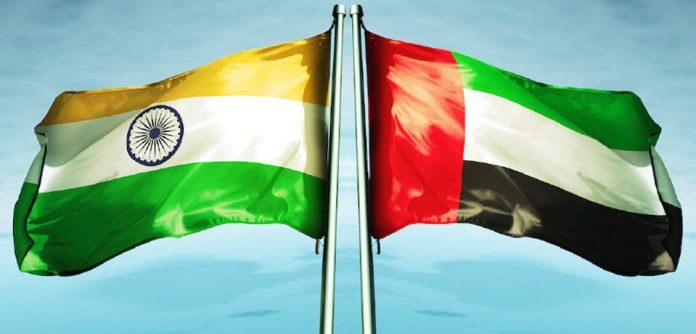SINGAPORE, May 30: The United Arab Emirates is looking to expand the scope of trade and services covered under the Comprehensive Economic Partnership Agreement (CEPA) with India to further accelerate bilateral trading volume, a senior UAE official said here on Thursday.
India and the UAE signed the historic CEPA on February 18, 2022, to further boost bilateral trade and economic ties.
Feryal Ahmadi, the Chief Operating Officer of the Dubai Multi-Commodities Centre (DMCC), said that the UAE is looking at agri-commodity potential and working on adding other sectors including critical minerals under the CEPA.
The United Arab Emirates is looking to expand the scope of trade and services covered under the Comprehensive Economic Partnership Agreement (CEPA) with India to further accelerate bilateral trading volume, she said.
Emphasising the importance of India as the largest trading partner for the Emirates, she said, “We are absolutely looking at agri-commodity potential and working on adding other sectors including critical minerals under CEPA.” Feryal also underlined the growing importance of other Free Trade Agreements and trade corridors, including the potential of the India-Middle East-Europe Economic Corridor.
She sees more and more countries working on bilateral free trade agreements and regionalization of trading among countries.
She presented a DMCC report, “The Future of Trade”, in Singapore today, in which the UAE-India CEPA trade growth was highlighted.
“These have undeniable trade benefits, reducing tariff and trade barriers while increasing inter-regional market access.” As a case in point, countries in the Gulf Cooperation Council such as the UAE have expanded bilateral ties, particularly with Asian nations – India, Indonesia, Israel, Turkey and Cambodia.
Currently, there are 26 FTAs in progress, according to the report.
Countries like the UAE and ASEAN member states are poised to benefit from their geopolitical neutrality and diverse trade relationships, said the report.
“Governments should foster partnerships and trade agreements with these powers to facilitate increased trade flows and investment opportunities,” the report suggested.
“By leveraging their strategic geographic locations and trade-friendly policies, they can serve as key hubs for regional trade and economic integration,” the report stated.
On regionalisation, the report sees new centres of gravity forming in Asia – around ASEAN, China and India – as well as North America.
“This is bolstered by relatively new multilateral agreements with commitments to reduce tariffs, create a common market and boost regional trade,” said the report. (PTI)
Trending Now
E-Paper


